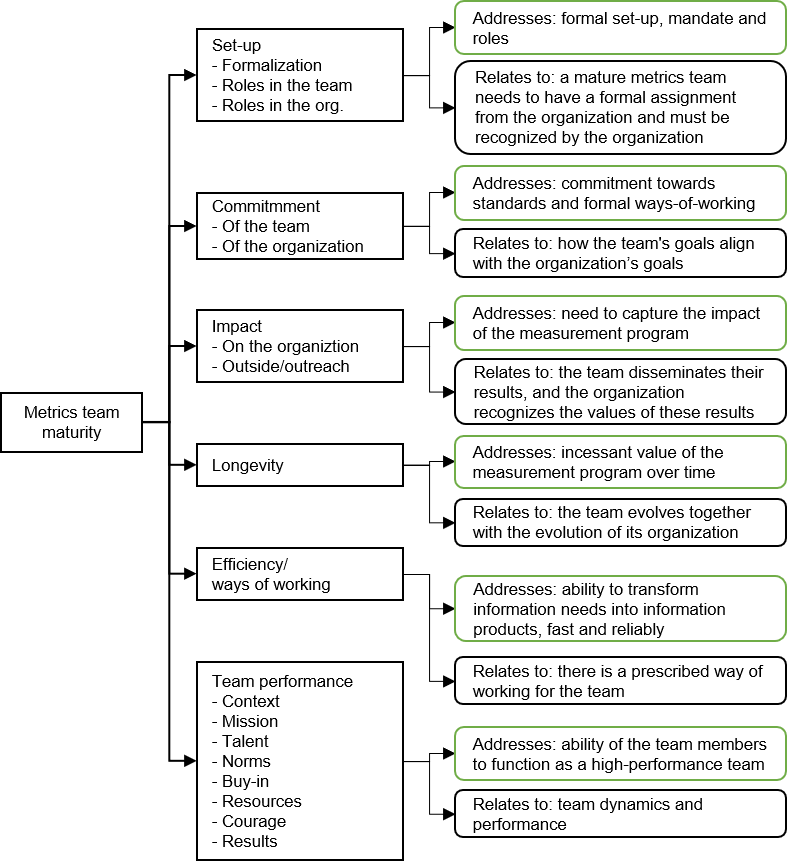I seldom write about films and events, well maybe actually never, but this year, a lot has happened in the online way.
What’s new in Machine Learning | Keynote – YouTube
The video above is about the news from Google about their TensorFlow library, which include new ways of training models, compression and performance tuning and more.
TensorFlow Light and TensorFlow JS allow us to use the same models as for desktops, but on mobile devices. Really impressive. I’ve caught myself thinking whether I’m more impressed by the hardware capabilities of small devices, or the capabilities of software. Either way – super cool.
Google is not the only company announcing something. NVidia is also showing a lot of cool features for enterprises. Cloud access for rapid prototyping, model testing and deployments are in the center of that.
NVIDIA Executive Keynote for Enterprise AI at COMPUTEX 2021 – YouTube
I like gaming, so this is impressing, but even more impressive is to look at the last-year’s DLSS technology, which still cannot be beaten by the competition. Really nice.

